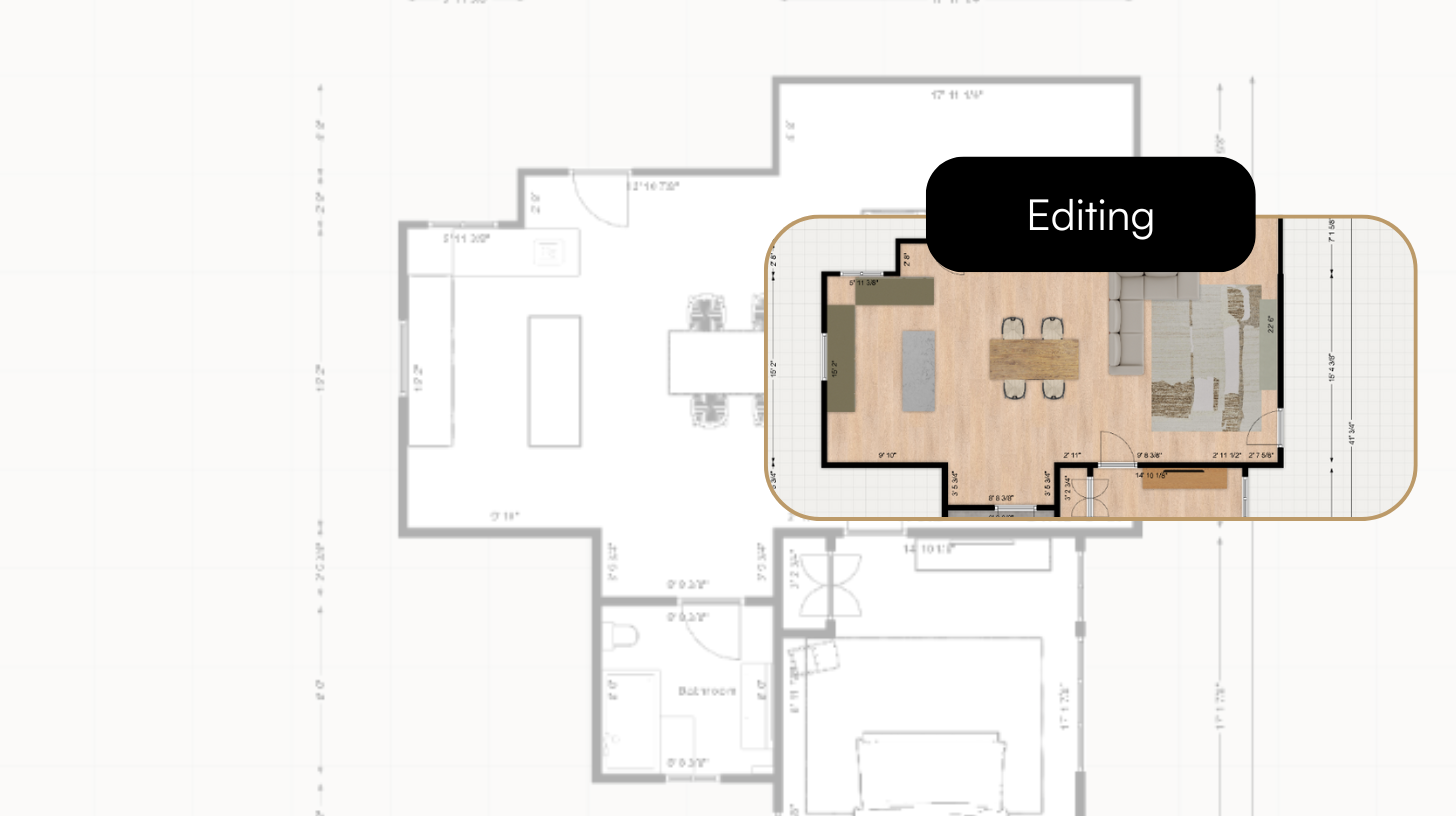
The Rise of AI in Architecture: Opportunities and Challenges
The field of architecture is being transformed by the implementation of Artificial Intelligence (AI). Through the use of AI, architects are able to enhance their decision-making capabilities, minimize errors, and improve efficiency throughout the building process. This technology has become an important aspect in the planning, designing, and construction stages of architecture.
This blog post will go into both the advantages and obstacles presented by AI in this industry.
The Potential Applications of AI in Architecture
Better Design
Architects are utilizing AI to enhance their building designs. AI helps in creating more sustainable and efficient designs by analyzing data on various factors such as climate, topography, and neighbouring buildings. This analysis helps determine the optimal design for a building, allowing architects to create structures that are both aesthetically pleasing and energy-efficient.
Design process made quicker
Architects can enhance the speed of building design with the assistance of AI. The use of AI can automate monotonous tasks like drafting and modeling, which in turn saves time and increases effectiveness. In just a few minutes, AI algorithms can produce several design options, thus enabling architects to explore various design alternatives rapidly.
Improved Safety
Improvement of safety in the design and construction process can also be achieved through the utilization of AI. By utilizing AI algorithms, building codes and regulations can be analyzed to guarantee that all safety requirements are met by the design. This makes it possible for architects to identify potential safety concerns before construction begins, thus enabling them to modify the design as required.
Construction productivity enhancement
Efficiency in the construction process can be enhanced by AI. By analyzing construction data, AI algorithms can recognize possible delays and bottlenecks. Consequently, this enables construction firms to refine the construction process and minimize both the duration and cost of building.
Maintenance and management that is improved or upgraded
Using AI in building maintenance and management is possible. Building performance data can be analyzed by AI algorithms to detect potential maintenance problems, allowing building owners to address them early on, saving both time and money.
Difficulties Posed by AI in Architecture
Absence of Personal Contact
The absence of a human touch is a major obstacle facing AI in architecture. Although AI algorithms can produce designs rapidly and effectively, they do not possess the creativity or intuition of human architects. Consequently, designs created by AI may lack the distinct and imaginative features that frequently characterize structures designed by human architects.
Relying on information
The accuracy and completeness of data is crucial in ensuring the success of AI algorithms used in architecture. Dependence on data poses a challenge as flawed designs may be generated if the data available is inaccurate or incomplete. Hence, architects need to verify that the data utilized in the design process is precise and comprehensive.
Cost
The cost of AI technology can hinder its use in architecture. This may be particularly challenging for smaller architectural firms and individual architects who lack the financial means to invest in this technology. As a result, they may not be able to compete with larger firms that have access to the latest technology.
Ethical Concerns
Ethical concerns are being raised about the use of AI in architecture, particularly regarding privacy and security. The analysis of personal data by AI algorithms can cause worries about privacy and data protection. Architects need to ensure that their utilization of AI technology is responsible and ethical.
Challenges to alteration
Resistance to the integration of AI in architecture may arise as some architects may be hesitant to embrace change and instead continue using conventional design methods, thereby impeding the rate of AI technology adoption in architecture.
Conclusion
AI is revolutionizing the field of architecture by providing architects with fresh prospects to design superior buildings in a quicker and more effective manner. Nevertheless, there are also obstacles associated with AI technology such as the absence of personal interaction, reliance on data, expenses, ethical issues, and reluctance towards transformation. To ensure that AI is utilized in an ethical and accountable manner, architects must acknowledge these challenges and endeavor to address them. In doing so, they can utilize the potential of AI to construct enhanced and eco-friendly structures that fulfill society's present and future requirements.










